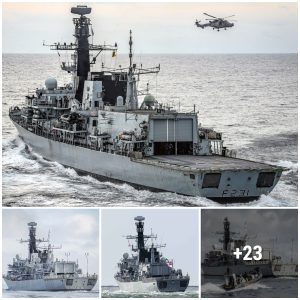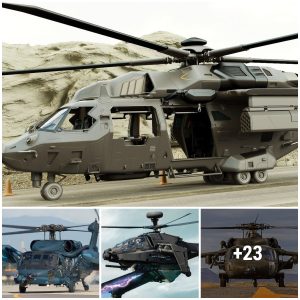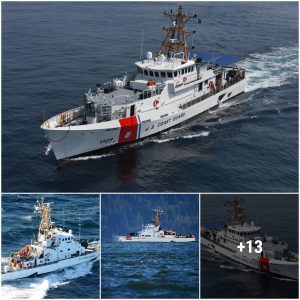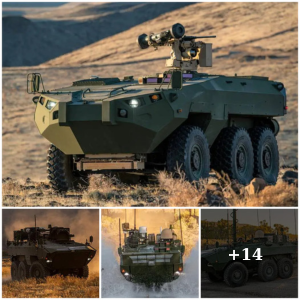To date, there were five vessels to bear the name USS America; including a 74-gun ship of the line that was not launched during the American Revolution, but subsequently given to France, and a 19th-century racing yacht that was converted to naval service during the American Civil War. The latter vessel shouldn’t be confused with the USS American, a former whaler that was intentionally sunk by Confederate forces to serve as an obstruction to shipping in the main channel of the harbor of Charleston, South Carolina.
In addition, there was the German ocean liner SS Amerika, which was seized by the United States government and renamed USS America (ID-3006), which operated as a troop transport. In truth, however, only one warship was actually named USS America: a Kitty Hawk-class aircraft carrier, CV-66, which has the dubious distinction of being the only supercarrier to be expended as a target ship. Currently, the United States Navy operates the USS America (LHA-6), an amphibious assault ship that at 45,000 tons under full load is larger than many aircraft carriers in the service of many foreign navies.
To further confuse matters, in the entire history of the United States Navy there has only been just a single vessel to enter service with the name the USS United States, and it was actually one of the original six frigates that served as the core of the Navy in the first half of the 19th century.
Three other vessels were also to be named the USS United States, including a Lexington-class battlecruiser that was canceled due to the Washington Treaty when just slightly over 10 percent complete; as well as the eighth Nimitz-class aircraft carrier – which was consequently named USS Harry S. Truman (CVN-75).
Then there was the USS United States (CVA-58), which was meant to be the lead ship of a new class of supercarriers developed after the Second World War. However, its design was seen as ambitious and even cutting edge but was likely entirely impractical. As a result just five days after her keel was laid down, the program was canceled.
A True Flat Top – Without an Island
In July 1948, President Harry S. Truman approved the construction of five new “supercarriers,” for which funds had been provided in the Naval Appropriations Act of 1949. The carrier was a radical departure from the World War II era flattops and in some ways evoked the “streamline moderne” of the Art Deco architecture and design movement that became common with post-war automobiles and aircraft.
The proposed 65,000-ton carrier (83,000 tons fully loaded) was to have featured a flush deck that was designed to launch and recover large aircraft of 100,000 pounds, which in turn could carry the nuclear weapons of the era that weighed as much as five tons. The vessel was to be 1,000 feet long, without an island, and equipped with four aircraft elevators and four catapults.
The flush deck was meant to provide more space for large bombers – although those would have to be secured to the flight deck as it would have been impossible to move them up or down in an elevator to the hangar. In addition, a small hanger was provided for the fighter escort – and as the design evolved, more space was given for the fighters. It was planned that the vessel’s air wing would be made up of about a dozen bombers as well as nearly fifty fighters.
Whereas the primary mission was to carry long-range bomber aircraft, USS United States-class was also intended to provide tactical air support for the air and amphibious forces, as well as to conduct sea control operations.
Massive Size and a Massive Cost
Designed as a conventional carrier, it would require eight Foster-Wheeler boilers and four Westinghouse turbines, which could produce 280,000 hp while four screws could allow the massive vessel to reach speeds in excess of 33 knots.
Construction costs were estimated to be around $190 million ($2.05 billion in 2020 dollars), while the cost of the task force to accompany the massive warship would have driven the total price tag to more than $1.265 billion.
The design was also not without some issues, however.
The lack of an island meant the ship lacked a position for radar, but also other command and control capabilities. A small tower-like platform could help direct movement on the flight deck, but radar, navigation, war planning, and other operations would have been relegated to a specially outfitted command ship cruiser. Instead of being the flagship of a strike group, the USS United States and the other carriers would have been floating airfields or arsenal ships.
Issues such as smoke and other exhaust from the power plants and how they would be diverted away from the flight deck had to be resolved. There was also the unresolved issue of how the Navy’s bombers would have to remain on the flight deck during an entire voyage.
In the end, it wasn’t an enemy adversary that eventually “sank” the project, but rather the United States Air Force, which had viewed the carrier as an embodiment of the Navy’s nuclear aspirations. The Joint Chief of Staff seemed to agree that the carrier’s main function would only serve to duplicate the role of the Air Force. Just days after the keel of the lead vessel had been laid down, the program was canceled.
Secretary of the Navy John Sullivan immediately resigned, while the subsequent “Revolt of the Admirals” resulted in Admiral Louis Denfeld being relieved of his position as Chief of Naval Operations.
It didn’t mark the end for the supercarrier, and instead, just five years later the United States Navy moved forward with the more conventionally figured USS Forrestal-class. In addition, as nuclear weapons shrank in size it was also determined that a massive warship designed to accommodate carriers wasn’t required. In the 1950s, nuclear weapons were sent to sea on the USS Franklin D. Roosevelt – a carrier far smaller than the planned USS United States.





